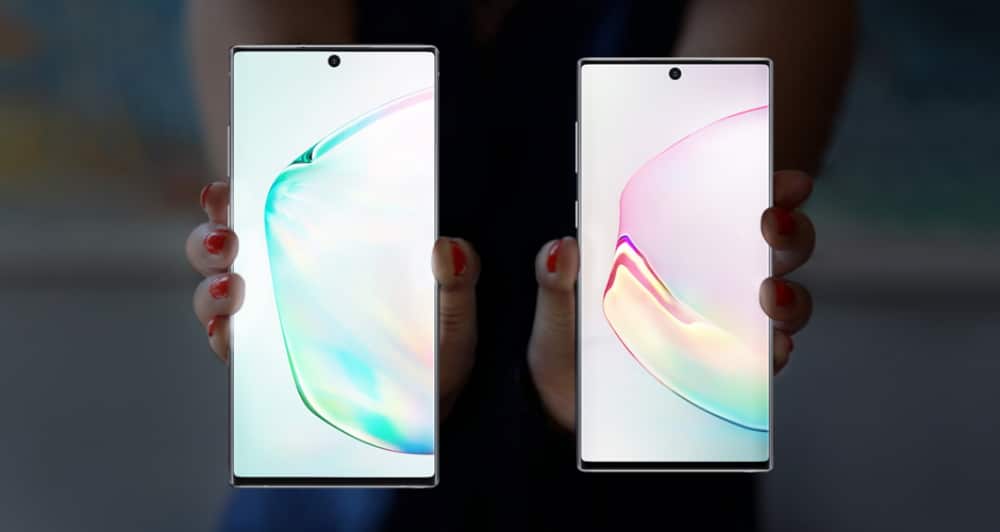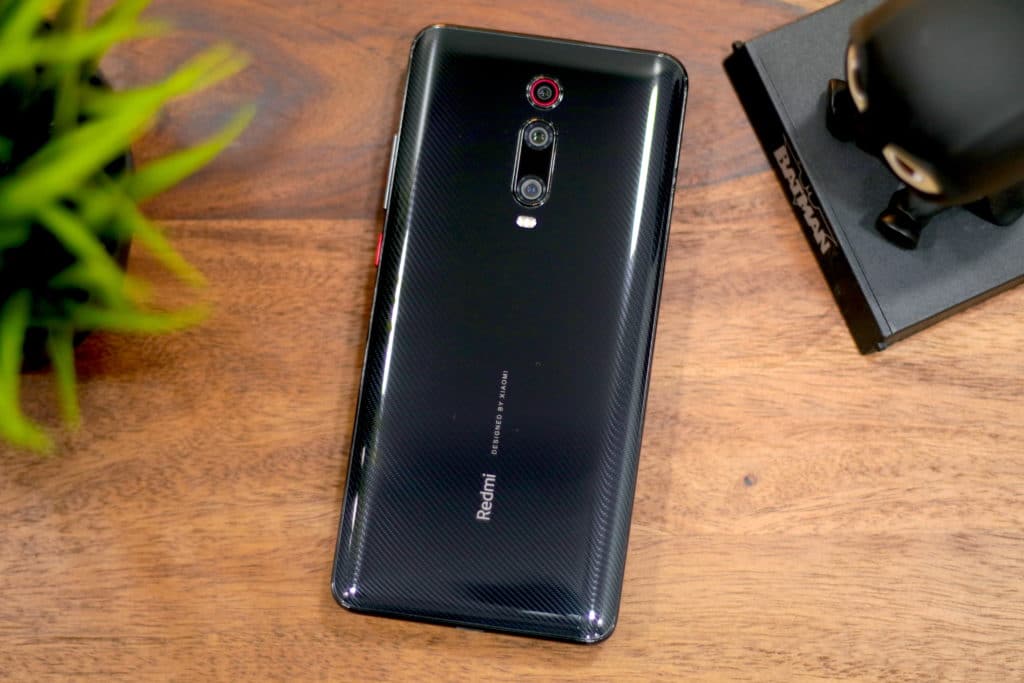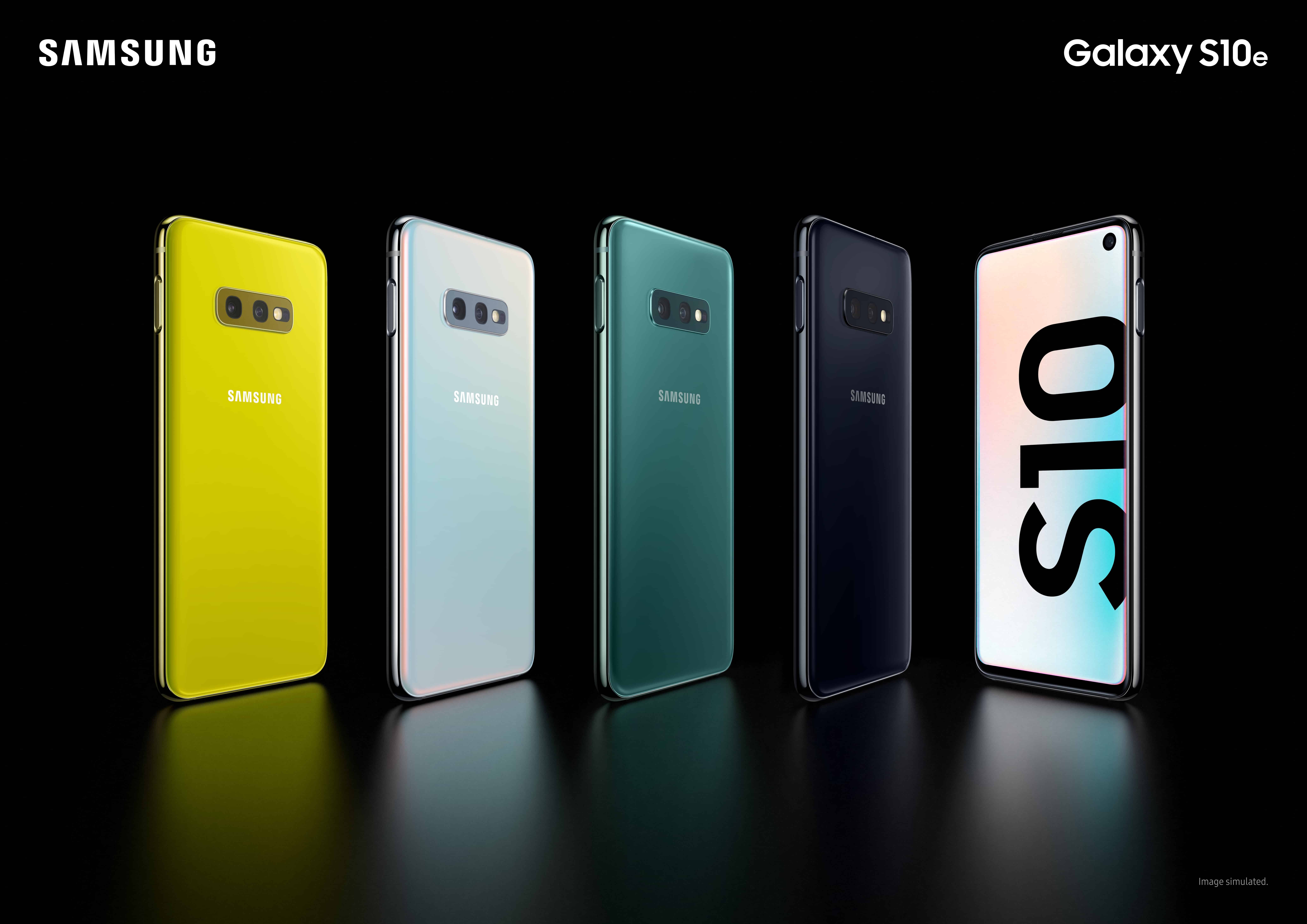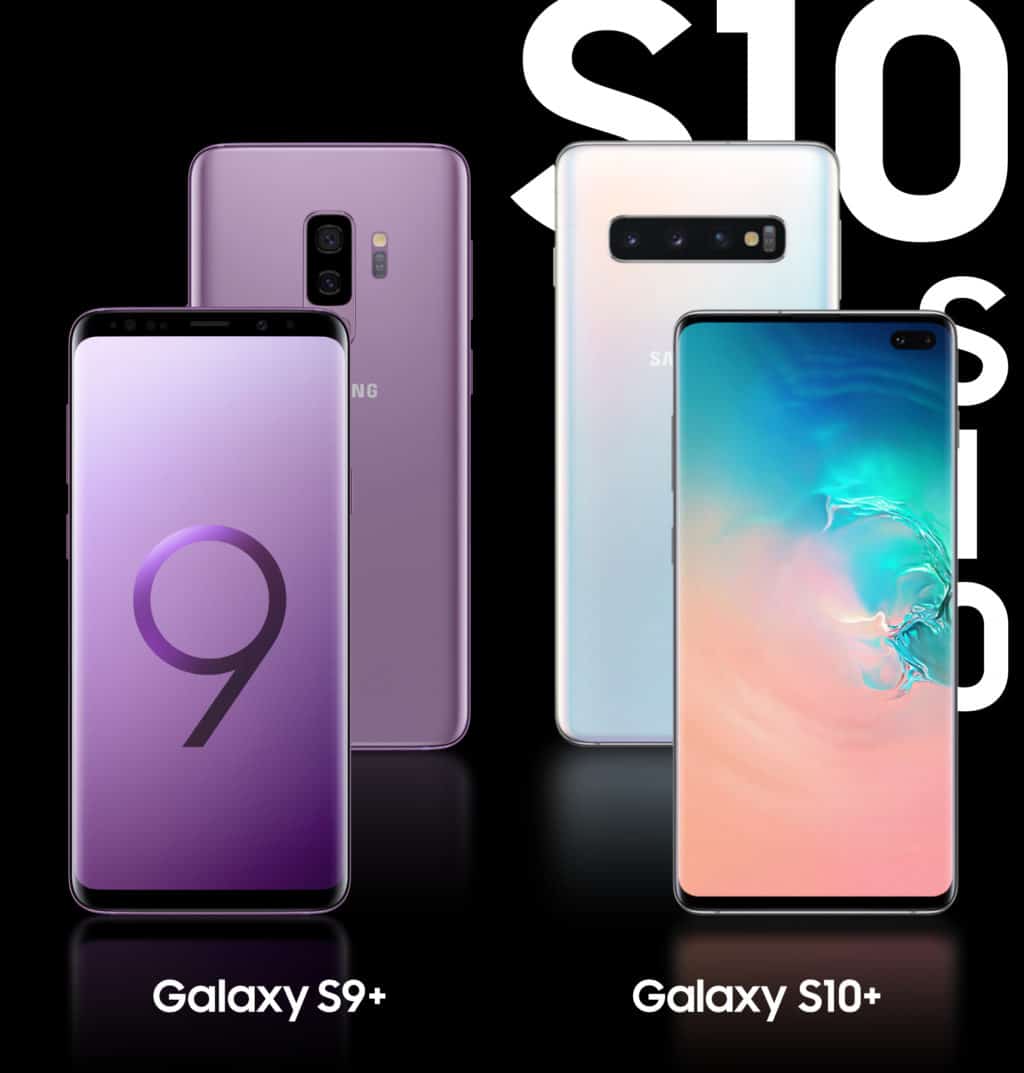
Samsung’s latest flagship handsets, the Galaxy S7 and Galaxy S7 edge, are all set to take on a barrage of new flagship handsets from other Android OEMs and most importantly, on the iPhone 6s and iPhone 6s Plus. To make sure that Samsung is better able to compete with them, the company even tweaked its lineup this time around to better differentiate between the S7 and S7 edge.
So, how does the Galaxy S7 stack against the iPhone 6s and iPhone 6s Plus? Let’s find out in our comparison.
Design
Samsung seems to be following Apple’s strategy this time around as the Galaxy S7 and S7 edge have the same design as their predecessor: an aluminium chassis that is mashed between the front and rear glass. The company has tweaked the design a bit to make its latest Galaxies more ergonomic friendly and less slippery, but otherwise you will be hard pressed to find any differences between the two handsets when they are kept side by side. One key change that Samsung has managed to add to the Galaxy S7 and S7 edge this year is IP68 certification, which makes the handsets dust and water-resistant. Another major change is the inclusion of a microSD card slot, which was missing from the Galaxy S6 and S6 edge.

On the other hand, the iPhone 6s and iPhone 6s Plus sport a unibody metal body that is made from Series 7000 aluminium. On the front, the handsets feature a glass that is curved on its edges, and is made using a double-ion-exchanged process that makes them among the strongest cover glass ever used in a smartphone. There is also a Touch ID integrated home button right below the display.
In terms of design, I will say the Galaxy S7 and Galaxy S7 edge have an upper edge here, though they are likely going to be more slippery than the iPhone 6s. The iPhone 6s Plus with its unmanageable dimensions is already very slippery especially with its rounded corners, which gives the larger Galaxy S7 edge with its curved back an advantage over it.

Display
Both the Galaxy S7 and S7 edge come with a Quad HD Super AMOLED display, though the former houses a 5.1-inch display while the latter comes with a 5.5-inch display that is curved on its edges. The iPhone 6s, in comparison, comes with a 4.7-inch display with a resolution of 1334 x 750, while the iPhone 6s Plus comes with a 5.5-inch display with a resolution of 1920 x 1080.
The inclusion of 3D Touch on the iPhone 6s series does give it a unique advantage over the Galaxy S7 and S7 edge, but in terms of quality, resolution and brightness, Samsung’s Super AMOLED displays are far ahead of Apple’s offering. This is not to say that the LCD panels used by Apple on the iPhone 6s series is bad, it is just that Samsung has made huge progress with AMOLED panels over the last few years. Thus, its not surprising to see DisplayMate crowing the Super AMOLED display on the Galaxy S7 and S7 edge as the best smartphone displays.
Chipset and RAM

Samsung will be offering the Galaxy S7 and S7 edge in two variants: one will be powered by Qualcomm’s quad-core Snapdragon 820 chipset that features an Adreno 530 GPU, while the second variant will come with its in-house octa-core Exynos 8890 chipset that features its own custom M1 ARM cores. The iPhone 6s and iPhone 6s Plus are powered by Apple’s own dual-core A9 chipset and a custom PowerVR GPU.
The additional cores should technically allow the Galaxy S7 to perform better than the iPhone 6s, but I am pretty sure that is not going to be the case. Since Apple develops its own chipset for the iPhone, it is better able to optimise it for iOS. This tight level of integration between the hardware and software ensures that even if Apple’s chipset is slower than any other chipset used by Android OEMs in benchmarks, it performs better than them in day-to-day tasks.
Read: Samsung Galaxy S7 vs. iPhone 6s preliminary camera comparison
The Snapdragon 820 variant of the Galaxy S7 should provide stellar performance a great power-to-performance ratio, while I expect the company’s Exynos 8890 chipset to ace all benchmark suites.
To keep heating in check, Samsung has also employed a liquid cooling technology on the Galaxy S7 and Galaxy S7 edge. Apple’s A9 chipset does not come with any such special cooling technique, and is still able to deliver consistent performance even under extended period of heavy load.
The Galaxy S7 and S7 edge also come with 4GB RAM, which is twice of what the iPhone 6s and iPhone 6s Plus come with. The additional gig of RAM greatly improved the multitasking performance on the iPhone 6s and 6s Plus compared to their predecessors, and the Galaxy S7 and S7 edge should also benefit from having 4GB RAM. However, due to Samsung’s poor memory management, I don’t expect the company’s latest flagship handsets to be better than the iPhone 6s in terms of multitasking.
Camera

Android OEMs have struggled to match the camera performance of the iPhone, but over the last one year, almost all Android OEMs have managed to deliver camera performance almost as good as the iPhone. Samsung was the leader in this respect, with the 16MP shooter on the Galaxy S6 and S6 edge being better than the iPhone 6 and iPhone 6s Plus in quite a few scenarios.
This year, Samsung has taken things to a whole new level by following on Apple’s footstep. Instead of bumping the resolution higher, the company has dropped it to 12MP, which has allowed it to increase the pixel size to 1.4u. The bigger pixel size, wider f/1.7 aperture, OIS and other improvements make the 12MP shooter on the Galaxy S7 a potent smartphone camera.
Read: Why the Samsung Galaxy S7 camera is better than Galaxy S6
Apple gave the iSight camera on the iPhone 6s a resolution bump to 12MP and added 4K video recording capabilities to it. While the camera also features other improvements, none of them were big enough to lead to a major difference. While the first camera samples and comparisons between the 12MP shooter of the Galaxy S7 and iPhone 6s are not yet out, I can confidently say that the former’s rear camera is going to be much better in almost all cases, especially in low-light.
Battery
The Galaxy S6 and Galaxy S6 edge were heavily criticised for their poor battery performance. Learning from its mistake, Samsung has included a beefy 3,000mAh non-removable battery on the Galaxy S7 and a 3,600mAh non-removable battery on the Galaxy S7 edge. This makes the battery on the ‘smaller’ Galaxy S7 bigger than the 2750mAh battery on the iPhone 6s Plus, while the 3,600mAh battery on the S7 edge absolutely overshadows them.
Now, Samsung has not released official battery life figures for the Galaxy S7 and Galaxy S7 edge yet, but thanks to improvements in chipset and display and a higher capacity battery, I expect the Galaxy S7 and S7 edge to deliver better battery life than their predecessor. Whether they are able to beat the iPhone 6s and iPhone 6s Plus is something that only time will tell though.
To end this comparison, I will say that the Galaxy S7 is better than the iPhone 6s in many department, including display, design and camera. However, irrespective of how hard Samsung tries, it cannot create the same brand image that Apple has among consumers — one that of making a premium and reliable smartphone.
Which smartphone do you think is better? The Galaxy S7 or the iPhone 6s? Drop in a comment and let us know.









